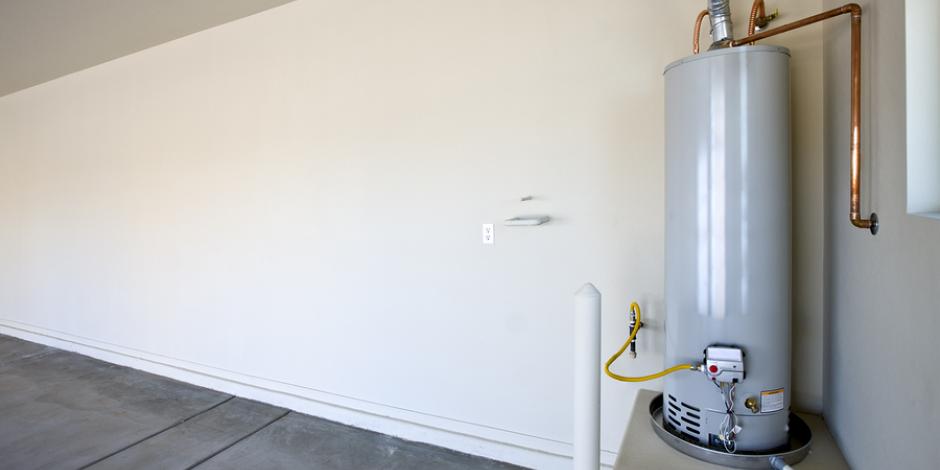Simple Guide to Maintaining Your Home's Hot Water System
Simple Guide to Maintaining Your Home's Hot Water System
Blog Article
Nearly everybody has got their own individual thinking on the subject of Tips For Maintaining Your Hot Water Heater.

Hot water is crucial for day-to-day comfort, whether it's for a rejuvenating shower or washing recipes. To ensure your hot water system runs efficiently and lasts much longer, normal upkeep is vital. This short article provides practical suggestions and understandings on just how to maintain your home's hot water system to stay clear of disruptions and costly repair services.
Introduction
Preserving your home's warm water system might seem complicated, yet with a couple of simple steps, you can ensure it operates smoothly for years to find. This overview covers everything from understanding your hot water system to DIY upkeep tips and recognizing when to call in professional help.
Significance of Preserving Your Hot Water System
Routine upkeep not just extends the life expectancy of your warm water system yet also guarantees it runs efficiently. Neglecting maintenance can result in reduced efficiency, higher energy expenses, and also early failing of the system.
Indicators Your Warm Water System Demands Upkeep
Understanding when your warm water system requires interest can stop significant concerns. Keep an eye out for indicators such as irregular water temperature level, unusual noises from the heating unit, or rustic water.
Flushing the Water Heater
Flushing your water heater removes debris build-up, boosting efficiency and prolonging its life.
Monitoring and Changing Anode Rods
Anode poles protect against deterioration inside the container. Checking and changing them when worn is critical.
Facility Concerns Needing Professional Aid
Instances consist of major leaks, electric issues, or if your water heater is consistently underperforming.
Regular Expert Maintenance Advantages
Specialist upkeep can include thorough assessments, tune-ups, and making sure compliance with security standards.
Checking and Adjusting Temperature Setups
Changing the temperature setups guarantees optimal efficiency and security.
DIY Tips for Upkeep
You can do several upkeep jobs yourself to keep your hot water system in leading problem.
Looking for Leakages
Frequently inspect pipes and links for leaks, as these can lead to water damages and higher costs.
Recognizing Your Warm Water System
Before diving right into maintenance tasks, it's handy to recognize the fundamental components of your warm water system. Generally, this includes the hot water heater itself, pipes, anode poles, and temperature controls.
Month-to-month Upkeep Tasks
Regular month-to-month checks can help catch small problems before they intensify.
Evaluating Pressure Alleviation Valves
Evaluating the stress relief valve guarantees it functions appropriately and avoids extreme stress buildup.
Protecting Pipes
Shielding hot water pipes minimizes heat loss and can save power.
When to Call an Expert
While do it yourself maintenance is advantageous, some concerns require specialist knowledge.
Final thought
Normal maintenance of your home's warm water system is important for effectiveness, durability, and price savings. By complying with these pointers and understanding when to look for professional assistance, you can make certain a reliable supply of hot water without unexpected interruptions.
How to Maintain an Instant Hot Water Heater
Before tinkering with your hot water heater, make sure that it’s not powered on. You also have to turn off the main circuit breaker and shut off the main gas line to prevent accidents. Also turn off the water valves connected to your unit to prevent water from flowing into and out of the appliance. 2. When you’re done, you have to detach the purge valves’ caps. These look like the letter “T†and are situated on either side of the water valves. Doing so will release any pressure that has accumulated inside the valves while at the same time avoid hot water from shooting out and burning your skin. 3. When the purge valves’ caps are removed, you have to connect your hosing lines to the valves. Your unit should have come with three hoses but if it didn’t, you can purchase these things from any hardware or home repair shops. You can also get them from retail stores that sell water heating systems. Read the user’s manual and follow it to complete this task properly. When the hosing lines are connected, open the purge port’s valves. 4. You should never use harsh chemical cleaners or solutions when cleaning your unit. Make use of white vinegar instead. It should be undiluted and you’ll probably use about 2 gallons. 5. Now flush your water heater. This task should probably take about 40 minutes. We can’t give you specific directions for this because the procedure is carried out depending on the type, model and brand of your heater. With that being said, refer to the user’s manual. 6. When you’re done draining the unit, you have to turn off the purge port valves again. Remove the hosing lines that you earlier installed on each of the water valves. Put the valve caps (purge port) back in their respective places and be very careful so as not to damage the rubber discs that are found inside these caps. 7. Now that everything’s back in place, check your user’s manual again to find out how to reactivate your water heating system. 8. Once it is working, turn one of your hot water faucets on just to let air pass through the heater’s water supply pipes. Leave the tap on until water flows smoothly out of it. https://www.orrplumbing.com/blog/2014/september/how-to-maintain-an-instant-hot-water-heater/

We were shown that article on How to Maintain a Hot Water Heater in a Few Simple Steps through a buddy on another website. Feel free to take the time to distribute this blog entry if you enjoyed reading it. I treasure reading our article about How to Maintain Your Water Heater & Prolong its Life.
Show Details Report this page